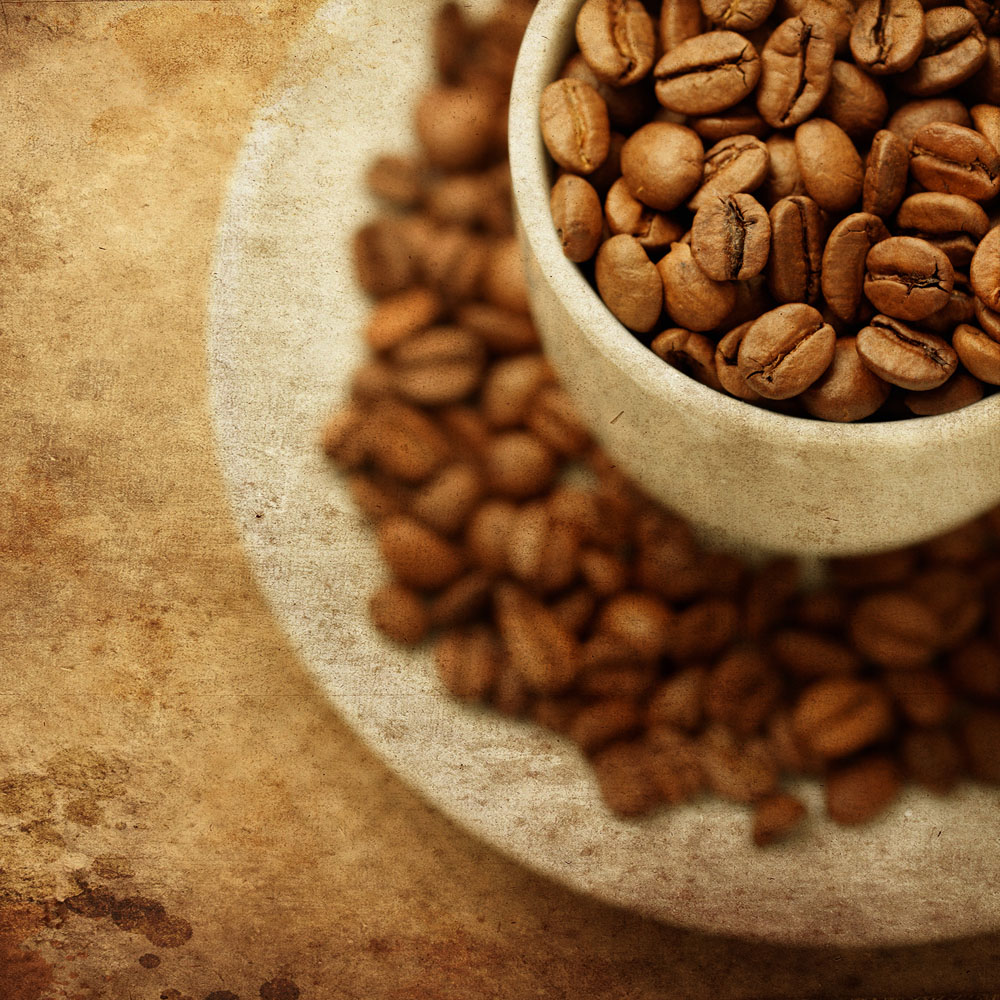Costa Rican Coffee Flavor Description Goddess Manor Coffee Producing Area Flavor Taste Description
Tarrazu in Costa Rican coffee is one of the major coffee producing areas in the world. The coffee produced has a light and pure flavor and pleasant aroma. Tarasu, located in the south of the country's capital, San Jos é, is one of the most valued coffee growers in the country. " La Minita Tarrazu coffee is a famous local product, but the production is limited, about 72600 kilograms a year. It is grown on a piece of land called "Lamini La Minita", which is owned by the last three generations of the McAlpine family in England. In fact, this land can produce more than 450 tons of coffee a year. Lamini coffee is grown without artificial fertilizers or pesticides, and harvesting and selection are done by hand to avoid some damage to coffee beans caused by air spray selection.
Other Costa Rican coffees worth mentioning are Juan Vinas,PR, H.Tournon, Windmill,SHB, Monte bello and Ssnta Rosa. Fine Costa Rican coffee is generally grown in Geredia and the central canyon. Another striking Costa Rican coffee is Sarchi (one of the five towns that represent Costa Rica's Coffee Route), which grows on the slopes of the Poas Volcano volcano, 53km from San Jose. Founded in 1949, Saatchi has a land area of 30770 hectares and grows sugar cane and coffee. The region is also famous for its handicrafts, attracting tourists from all over the world to grow Arabica coffee trees in Costa rica. the quality of coffee beans is better and more stable; in order to facilitate picking, coffee trees are maintained at a height of about 2 meters by constant pruning; the coffee people eat is the smell of seeds in the fruit that are soaked in water. After picking raw coffee beans, it is necessary to remove the peel, pulp, seed film and sun exposure before the seeds (that is, coffee beans) can be roasted. Now part of the process can be replaced by machines, and the speed of coffee production has increased a lot. However, there is no machine to do coffee picking, so you must use manual labor.
The editor of this paragraph features Costa Rican coffee with full particles, ideal acidity and unique strong flavor. Costa Rica's coffee industry, originally controlled by the Costa Rican Coffee Industry Company (ICAFE), has been taken over by the official Coffee Committee (Oficinale Cafe). Among the exported coffee, those products that are considered to be of substandard quality are colored with blue vegetable dyes and then transferred back to China for sale. Coffee consumed domestically (dyed blue or undyed) accounts for about 10% of total production, and local per capita coffee consumption is twice that of Italy or the United States.
"how about Costa Rican coffee beans, Costa Rican coffee brand Costarica Coffee teacher? W.kaf.name "
This coffee producing place, coffee of all grades and types accounts for 1/3 of the global consumption and occupies a share in the global coffee market.
Place of origin, although Costa Rica faces natural disasters several times higher than other regions, it has enough acreage to make up for it.
There are many kinds of coffee here, but its industrial policy is large and cheap, so there is not much premium coffee, but it is a good choice for mixing other coffees.
One of the most famous is Mountain Costa Rica Coffee, which tastes mellow and neutral. It can be boiled directly or mixed with other kinds of coffee beans to form a comprehensive coffee. It is also a good choice.

Important Notice :
前街咖啡 FrontStreet Coffee has moved to new addredd:
FrontStreet Coffee Address: 315,Donghua East Road,GuangZhou
Tel:020 38364473
- Prev

Rose summer Panama Kadura Kadura Cupid Manor Baru Volcano Cupid Coffee raw beans
The Baru volcano is not only the highest mountain in Panama, but the sediments created by early volcanic activity and eruption bring a large amount of very fertile soil, which is rich in nutrients, especially rich in phosphorus and sulfur, mixed with clay, coupled with a unique climate model, to form an environment suitable for the growth of high-quality coffee, dense forests and a large number of dense forests.
- Next

Colombian Coffee Flavor Hope Manor introduction to Colombian Coffee producing areas
Colombian geisha are produced in Cauca Valley.
Related
- Does Rose Summer choose Blue, Green or Red? Detailed explanation of Rose Summer Coffee plots and Classification in Panamanian Jade Manor
- What is the difference between the origin, producing area, processing plant, cooperative and manor of coffee beans?
- How fine does the espresso powder fit? how to grind the espresso?
- Sca coffee roasting degree color card coffee roasting degree 8 roasting color values what do you mean?
- The practice of lattes: how to make lattes at home
- Introduction to Indonesian Fine Coffee beans-- Java Coffee producing area of Indonesian Arabica Coffee
- How much will the flavor of light and medium roasted rose summer be expressed? What baking level is rose summer suitable for?
- Introduction to the characteristics of washing, sun-drying or wet-planing coffee commonly used in Mantenin, Indonesia
- Price characteristics of Arabica Coffee Bean Starbucks introduction to Manning Coffee Bean Taste producing area Variety Manor
- What is the authentic Yega flavor? What are the flavor characteristics of the really excellent Yejasuffi coffee beans?

